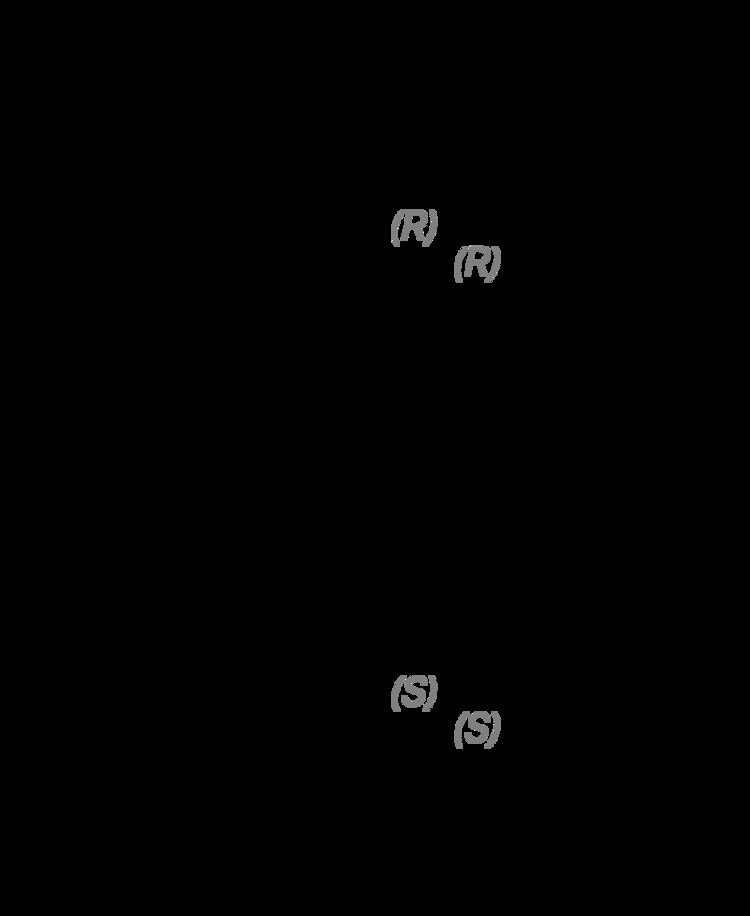Trade names Xenazine, Nitoman ATC code N07XX06 (WHO) CAS ID 58-46-8 | Pregnancycategory C Legal status US: ℞-only Molar mass 317.427 g/mol | |
 | ||
AHFS/Drugs.com Consumer Drug Information Routes ofadministration Oral (tablets, 12.5 and 25 mg) | ||
Medical vocabulary what does tetrabenazine mean
Tetrabenazine is a drug for the symptomatic treatment of hyperkinetic movement disorders. It is marketed under the trade names Nitoman in Canada and Xenazine in New Zealand, some parts of Europe and in the United States as an orphan drug. On August 15, 2008, the U.S. Food and Drug Administration approved the use of tetrabenazine to treat chorea associated with Huntington's disease. Although other drugs had been used "off label," tetrabenazine was the first approved treatment for Huntington's disease in the U.S. The compound has been known since the 1950s.
Contents
- Medical vocabulary what does tetrabenazine mean
- Huntington s drugs tetrabenazine reserpine haloperidol
- Pharmacology
- Uses
- Side effects
- Warnings
- References
Huntington s drugs tetrabenazine reserpine haloperidol
Pharmacology
The precise mechanism of action of tetrabenazine is unknown. Its anti-chorea effect is believed to be due to a reversible depletion of monoamines such as dopamine, serotonin, norepinephrine, and histamine from nerve terminals. Tetrabenazine reversibly inhibits vesicular monoamine transporter 2, resulting in decreased uptake of monamines into synaptic vesicles, as well as depletion of monoamine storage.
Uses
Tetrabenazine is used as a treatment, but not as a cure, for hyperkinetic disorders such as:
Side effects
The most common adverse reactions, which have occurred in at least 10% of subjects in studies and at least 5% greater than in subjects who received placebo, have been: sedation or somnolence, fatigue, insomnia, depression, suicidal thoughts, akathisia, anxiety and nausea.
Warnings
There is a boxed warning associated with the use of tetrabenazine:
